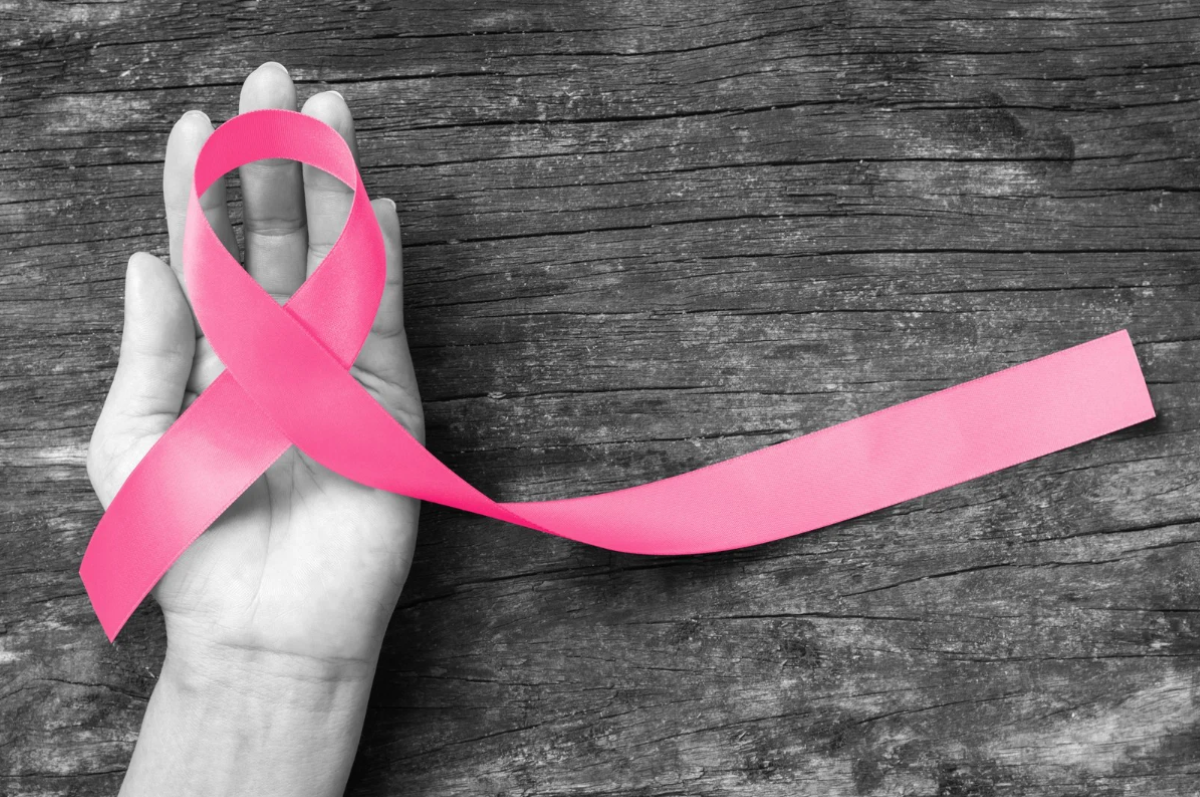
How Common is Breast Cancer? Updated for 2024
Breast cancer is the most common malignancy affecting American women, with one in eight women diagnosed during their lifetime (12.5% risk). There are several risk factors that can affect a woman’s risk, some of which are modifiable while others are out of our control.
Modifiable Risk Factors
- Body Mass Index (BMI): Weight can significantly increase a woman’s risk for developing breast cancer as adipose (fat) tissue stores estrogen. Being overweight or obese increases estrogen exposure and cancer risk. Maintaining a healthy BMI is essential not only to lower your breast cancer risk but also to decrease the risk of recurrence if you are a breast cancer survivor. A balanced, nutritious diet and avoiding processed foods play crucial roles in achieving this.
- Alcohol Consumption: The more alcohol you consume, the higher the risk of developing breast cancer. Limiting your intake to less than 3 to 4 drinks per week is recommended.
- Tobacco Use: Nicotine use increases breast cancer risk and inhibits wound healing. It’s crucial to quit all nicotine products before undergoing surgical management.
- Physical Activity: A sedentary lifestyle can increase your risk for breast cancer. Aim to engage in at least 150 minutes of exercise per week, though ideally, you should aim for 300 minutes for optimal risk reduction.
- Hormone Replacement Therapy (HRT): Combination HRT (estrogen/progesterone) increases breast cancer risk. Most women must stop these medications once diagnosed. It’s especially important to perform routine self-breast exams and screening mammograms while taking HRT.
Non-Modifiable Risk Factors
- Age: Breast cancer is predominantly diagnosed in women over the age of 50.
- Gender: While women are overwhelmingly more affected by breast cancer than men, men constitute 2% of all breast cancer diagnoses each year. Men should also be aware of this risk and practice breast awareness.
- Genetics & Family History: Certain genetic mutations like BRCA1 and BRCA2 can increase the risk of developing breast cancer. Other genes include CHEK2, PALB2, and ATM. Even if genetic testing is negative, a family history of breast cancer can still place you at higher risk.
- Lifetime Estrogen Exposure: Early menstruation (before age 12), late menopause, delaying childbirth after age 30, or not having children at all increases estrogen exposure and breast cancer risk.
- Atypical Breast Cells: Not every breast biopsy is malignant; many are benign like fibroadenomas or cysts. However, some biopsies reveal high-risk lesions like atypical ductal and lobular hyperplasia and lobular carcinoma in situ.
While breast cancer rates have been increasing, more women are surviving this diagnosis thanks to increased awareness, early detection, and improved treatment options. If you have been diagnosed with breast cancer or a genetic mutation and are considering breast reconstruction surgery, reach out to us at our Fort Worth, Austin, Bozeman, or Oklahoma City offices. At Breast Reconstruction Associates, we are committed to our patients’ overall health and reconstructive goals.
Learn more about breast cancer prevention and modifiable risk factors to take proactive steps in reducing your risk.
For more information and personalized advice, book a call with one of our specialists today!
Breast Cancer Prevention, Breast Cancer Risk Factors, Breast Reconstruction Surgery, Modifiable Risk Factors, Non-Modifiable Risk Factors